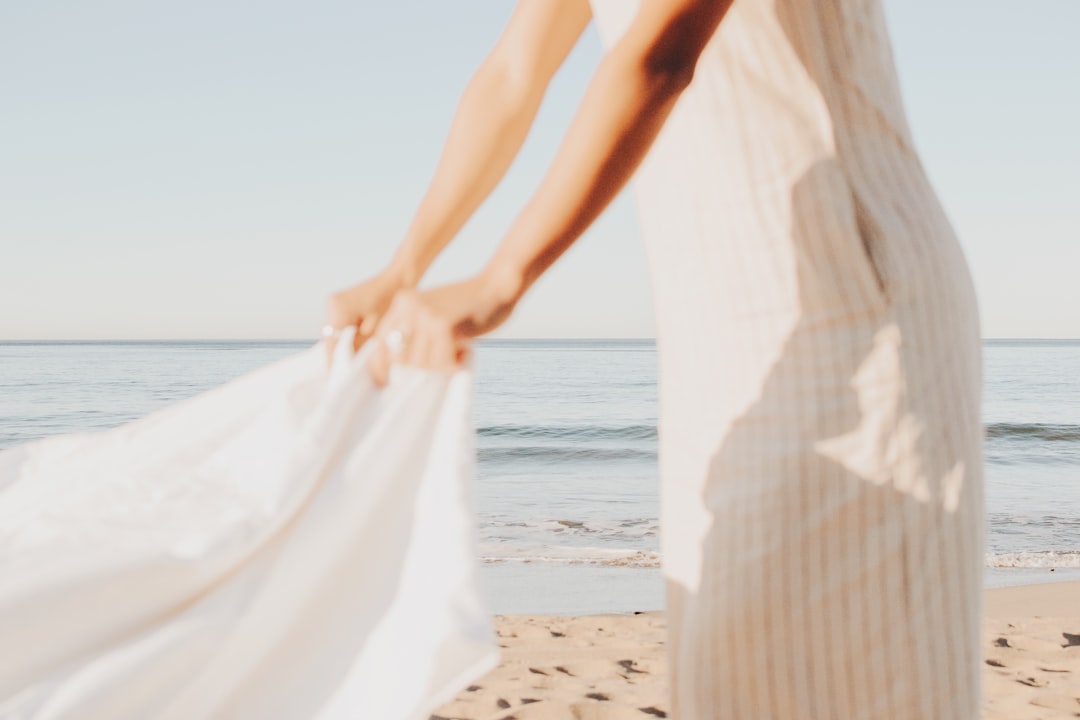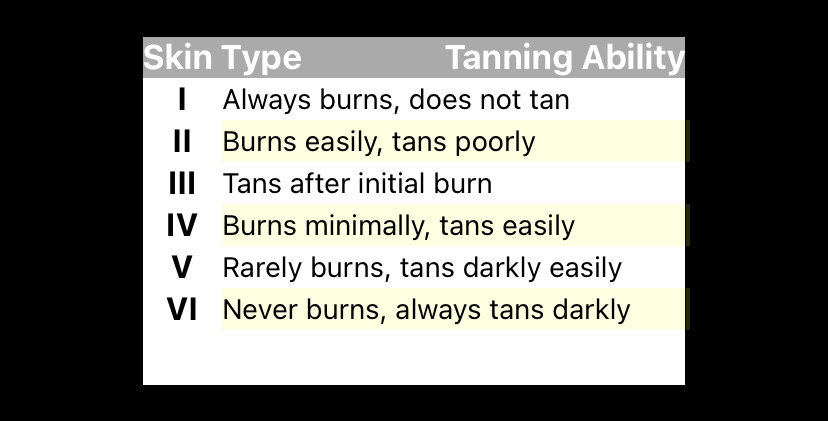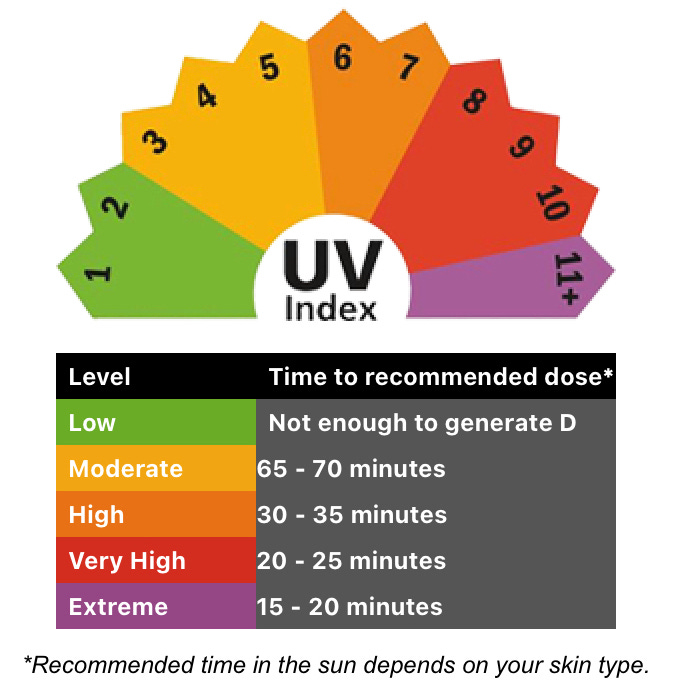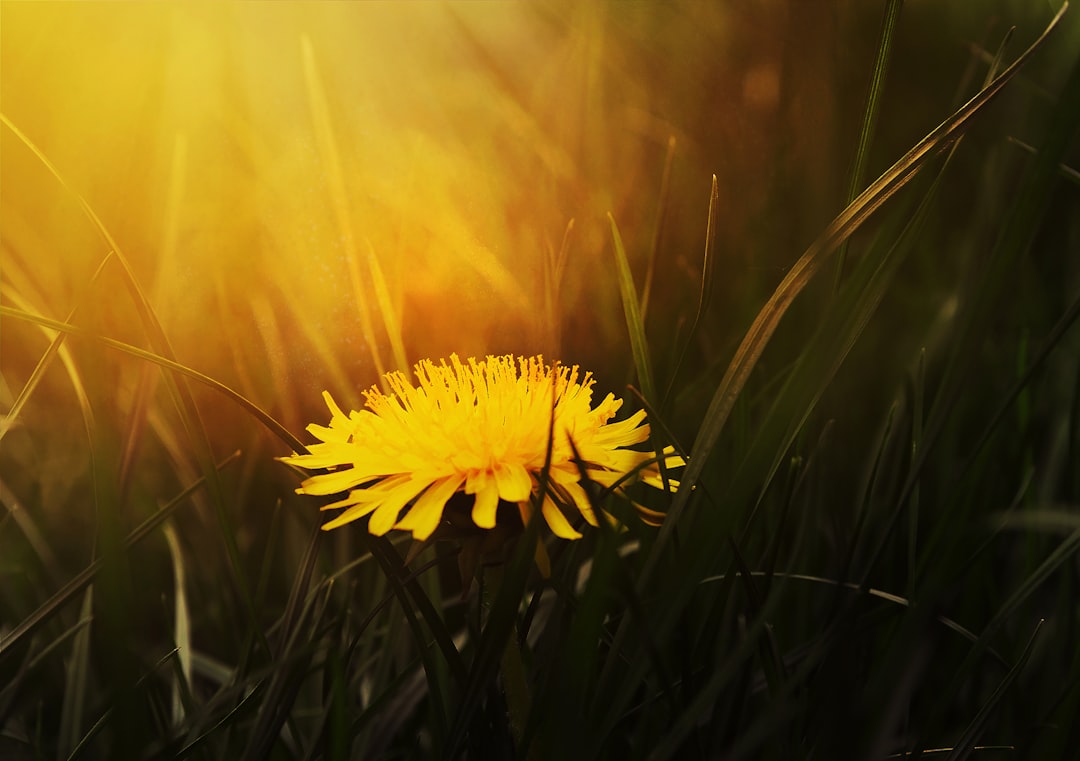Solar Callus
Goodbye sunscreen, hello solar callus.
Sunscreen use at the levels recommended by the WHO blocks most Vitamin D production1.
Therefore, sunscreen isn’t compatible with a sunbathing-rich circadian lifestyle.
But how can we make sure not to get sunburned?

Should you ditch sunscreen as part of your skin-fast?
This sunscreen issue is part of an even longer conversation about the benefits of ditching skin products you don’t need.
Most of the bad effects of sunlight happen to people who suddenly experience a lot of intense sunlight after an extended period of living an indoor lifestyle.
So, if you are deciding now to make the switch to an outdoors-based lifestyle full of sunbathing, these tips can save you a world of hurt.
If you have any diagnosed mental health issues (particularly bipolar, schizophrenia, or major depressive disorder), it is prudent to work out a specific chronotherapy with your current practitioner.
You may also enjoy reading the links between circadian disruption and mental health here:
And here:
Manic season
Spring’s arrival brings with it sweet relief from Winter’s cold darkness. It’s a time of year we all long for and celebrate! However, there’s a difficult aspect to the return of the sunlight. Our ancestors knew this, hence the many stories of the harshness of the Sun’s energy. For example, the legends of the Greek god Apollo characterize the Sun’s dual nature, with his powers of both inflicting and healing disease. The Sun is a force with both generative and destructive powers.
Many over-the-counter as well as doctor-prescribed medications also increase sensitivity to sunlight.
Check the labels of anything you take internally or put on your skin to see if there is a warning about increased photosensitivity.
You can learn more about these medications here:
U need UV!
The ultraviolet (UV) part of sunshine has a bad reputation in mainstream medicine. If you have ever experienced severe sunburn or heat exhaustion, you may fear it at a visceral level! At the same time, we need UV for our wellbeing. Did you know skin cells respond to sunlight
Aside from that, these tips for building a safe solar callus should work for all people of all skin-types.
You Can Sunbathe without Sunburning If You:
Avoid photosensitizers. This includes many pharmaceutical drugs, skincare products, and certain essential oils. Question pretty much anything you put in or on your body on a regular basis. Here’s a research list to get you started: FDA List of Medications that Increase Sensitivity to Light (1990)
Build a solar callus over time. Spend early mornings outdoors to get up to SPF 15 naturally by absorbing IR-light in the cool weather. Eat plenty of orange foods (animal and vegetable) to stock up internally on protective astaxanthins and carotenes. Limit your heated/rancid polyunsaturated fatty acids (PUFAs) intake to make sure your cells are filled with oxidation-resistant fats instead. Nurture lipophilic skin flora by minimizing soap use and extended time in hot water. Dr. Jack Kruse has a lot of wisdom to offer about this: How Do You Build a Solar Callus Nature’s Way? (2017). Also, keep in mind it takes multiple days for your body to build up lasting protection and the darkening you see on days 1 and 2 after exposure are not as protective as the darkening that comes on later.
Respect time under overhead sun. Either use charts to estimate your safe time under the current UV index, or use an app like Dminder. Remember that if your shadow is shorter than you are, sunburn is a possibility.
More about Dminder: One more app suggestion (March, 2022).
Wear protective clothing. Avoid endocrine-disrupting factors in flame redardant, anti-oder, anti-wrinkle, UV-blocking, commercially dyed and other newfangled fabrics. Opt for natural linen and 100% cotton and hemp fabrics treated with low-impact dyes instead. For more on the reasons to opt for natural as opposed to synthetic fabrics, read: Endocrine Disruptors: A Review of some sources, effects, and mechanisms of actions on behavior and neuroendocrine systems (2012).
Seek shade. Listen to your body. When you start to feel burn-ey, get in the shade ASAP! Many of the negative skin outcomes attributed to UV are actually from heat, so if you feel hot, cool off.
Post-condition. Spend evenings outdoors to soak up collagen-boosting infrared and speed skin repair. For more about solar post-conditioning, read: Infared and Skin: Friend or foe? (2016)
Have a healthy gut biome full of pre- and pro- biotics. Skin health and gut health are connected. Consumption of many common probiotic strains are known to mediate UV-dependent pathways in the skin. Learn more about skin health and probiotics here: Challenging Cosmetic Innovation: The skin microbiota and probiotics protect the skin from UV-induced damage (2021).
Generate healing nights for yourself. The body needs complete darkness to regenerate itself after daytime wear-and-tear. For more info about the need for nighttime darkness, check out my past post about evening light and melatonin. The body also can't heal if digesting, so bump dinner back a bit and stay a little hungry through the night. This is even true for night shift and night owls. For more about the benefits of daytime eating, read: Daytime eating prevents internal circadian misalignment and glucose intolerance in night work (2021).
So there you have it: eight lifestyle choices that boost your skin's natural ability to thrive under the sun. To recap:
Look for chemical photosensitizers in your life and get rid of them
Nurture a solar callous (ie, eat shrimp, salmon, and carrrots; watch the sunrise; start short and lengthen your solar exposures over time; avoid heated/rancid polyunsaturated fats in your diet—dubbed in scientific literature as “PUFAs” for poly-unsaturated-fatty-acids. These are to be avoided because these sun-sensitive fats replace sun-resistant fats in cells. Seek DHA in particular, which will also nurture your circadian endocannabinoidome)
Know and respect your limits with overhead sunlight
Wear natural-fiber hats and breezy natural fiber clothing
Cool off in the shade
Watch the sunset
Take care of your gut biome
Sleep well
I hope this helps you enjoy the upcoming season of sunshine!
Getting healthy doses of UV has been a popular cure for many conditions in the past.
And it promises to treat many modern illnesses, too!
Read my post about nurturing baby’s solar callus, too:
Nurturing baby’s solar callus
After my first baby was born, I stayed in bed for several days. Every night, my husband would turn off the breaker in our bedroom. This cut down on the electrical frequencies while we slept. It was late springtime, so we had nice long sunsets and dawns, plus, the moon was bright. I still remember the first time we brought our eldest daughter outdoors: it was to watch a lunar eclipse!
Faurschou, A., Beyer, D. M., Schmedes, A., Bogh, M. K., Philipsen, P. A., & Wulf, H. C. (2012). The relation between sunscreen layer thickness and vitamin D production after ultraviolet B exposure: a randomized clinical trial. The British journal of dermatology, 167(2), 391–395. https://doi.org/10.1111/j.1365-2133.2012.11004.x









Revisiting this post as the days warm up! Wondering if it can literally just be any old natural fiber clothing or if specific things are better/worse? Hoping for our first zero sunscreen summer but working with a very fair family.
These are such great tips! Why is it good to eat shrimp, salmon and carrots for the solar callus?